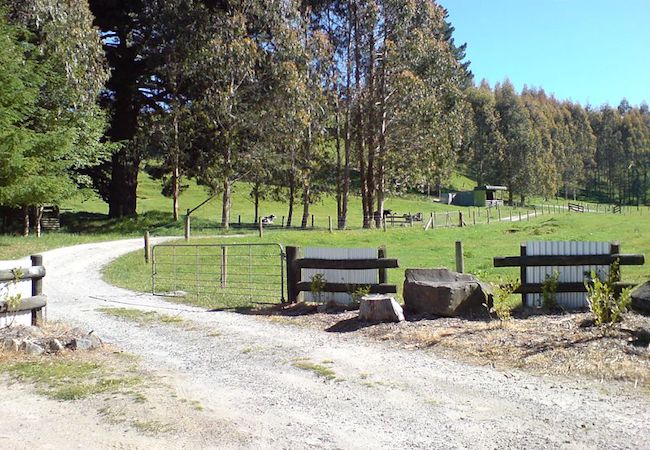
By Srimal Fernando and Pooja Singh
Global demand for milk products is predicted to grow at an average rate of over 3.5% in the next few years. Today, New Zealand is one of the largest dairy producing countries in the world accounting for more than NZ$13.4billion export revenue (Dairy New Zealand,2017). This industry in the South Pacific Island nationhas been able to sustain its top position in exporting dairy products and reflecting its dominance in the national economy. The dairy sector proved the largest employment among the traditional industries next only to tourism and fisheries, this sector provides employment to more than 47,000 New Zealanders (Dairy New Zealand,2017).
The Island nation’s farm activity is doing exceptionally good with on-farm innovation helping the dairy farmers to work smarter in becoming a top-notch entrepreneur with increased profitability. Over the years, New Zealand initiated a number of policies to facilitate the diversification of the dairy sector operation into new areas. The dairy sector of this Island country improved significantly as a result of measures initiated by the past and present governments from 1990s in order to support 12,000 dairy farmers in stabilizing their earnings. Hence, this nation has come up with innovative programmes such as transforming the dairy value chain through development of rural professional capabilities and systems.
Going back to history to the dairy industry of the South Pacific Island, the countrymen referred milk as “white gold”where the records reveals that in 1875 the first processing factory was established. Seven years later, the refrigerated shipment of butter was exported from Dunedin. One of New Zealand’s oldest dairy producing factories, the Fonterra group a brand name attached to the Anchor milk powder products is one of the largest milk producers associated with 90% of nation’s milk requirement. Hence, Synlait and Tatua are the other two important companies with the dairy industry. In this context, the production of milk powder processing goes through several paces from the dairy farms to the manufacturing sites. In fact, spray drying of liquid milk in to milk powder and packaging the highly advanced scientific technology according to the global standards are some of the tedious processes involved in this sector. In New Zealand, the land has been important factor of production for the dairies. Waikato, Bay of plenty, Manawatu, Hawkes bay and Otago are some of the well-known dairy farming areas. Out of these milk producing regions, Waikato contributes over 33% to the overall dairy sector.Considering the potential of the Island’s dairy industry, formal institutions like National Dairy Board, New Zealand Trade Ministry have provided immense support to uplift the nation’s farmers in collaboration with the dairy farming cooperatives societies.
There has been a rise in the demand of high quality dairy products from the emerging economies like Asia where people are showing interest in buying best quality dairy products such as cheese, yogurt, butter, powdered and liquid milk products. Over the last thirty years, New Zealand’s dairy industry has undergone rapid transitionincreasing the milking cow capacity from 2.7 million to 4.4 million cows. It is estimated that the production of liquefied milk quadrupled and reached to 18 billion liters annually in the recent years. Therefore, there has been a rise in the demand for high quality dairy products from the emerging Asian economies such as China, United Arab Emirates, Japan and Sri Lanka. Hence, the South Pacific Island nation’s dairy products to China has quadrupled from USD1.4 billion to USD4.1billion, (Dairy New Zealand,2017). Surprisingly, Sri Lanka being a middle income nation from South Asia is the fifth largest importer of milk powder from New Zealand. Trade in Island nation’s milk products is a primary income generator creating employment for the social well-being of this South Pacific Island nation. In the recent years, the North American nation of Canada has opened 3% of the dairy sector for global competition under Trans Pacific Trading(TPT) partnership agreement. However, Canada has ended their dairy quota with New Zealand that makes it difficult for New Zealand’s dairy farmers to access this market.
Dairy specialists worldwide argue that New Zealand’s dairy production capacities will be doubled in the next 50 years to meet up the global dairy production demands. It is clear that the South Pacific Island nation has been in the forefront for the last 150 years in the dairy industry. There is no doubt that the global dairy demands will be met by New Zealanders in the next coming years due to its pragmatic, progressive dairy farming technologies.
Srimal Fernando a research scholar at Jindal School of International Affairs, India and an editor of Diplomatic Society for South Africa and Pooja Singh, a scholar of Masters in Diplomacy, Law, Business at Jindal School of International Affairs, India.




